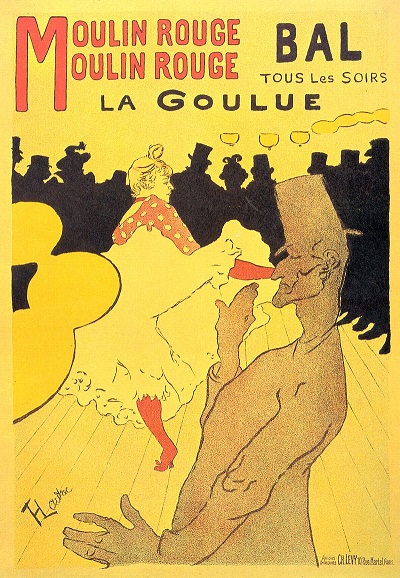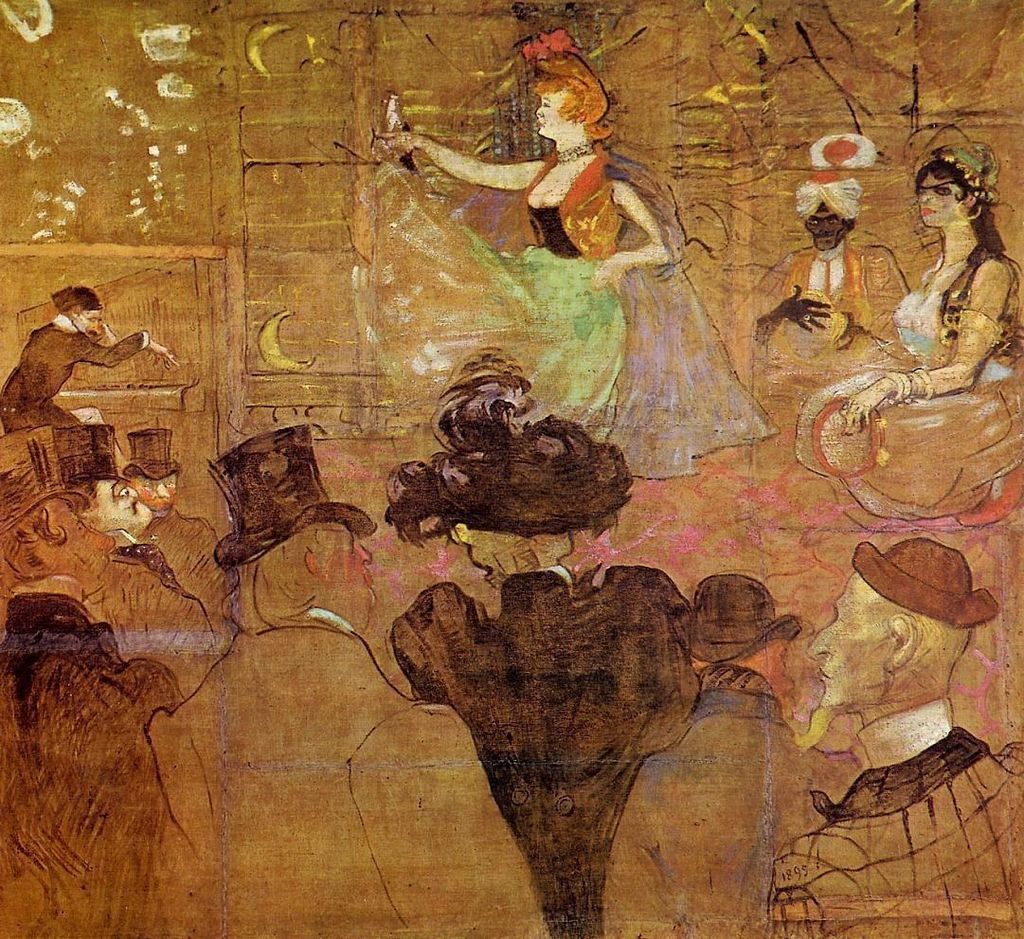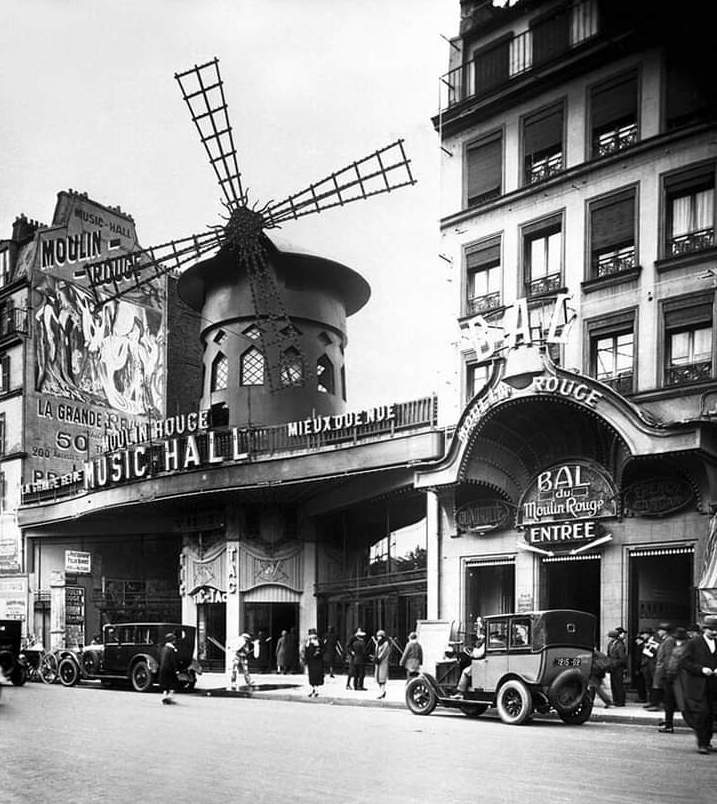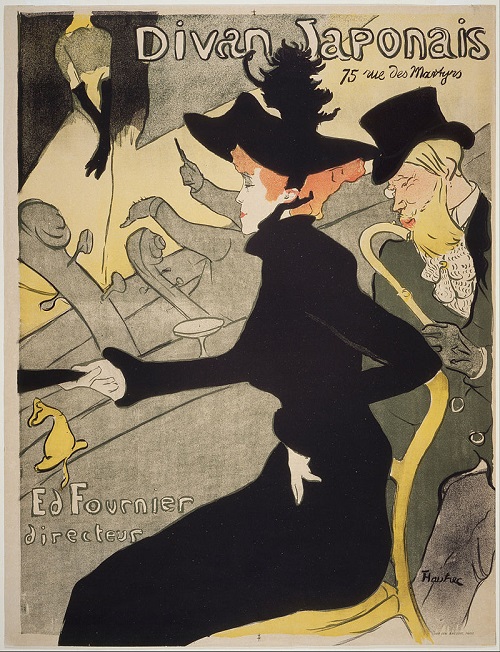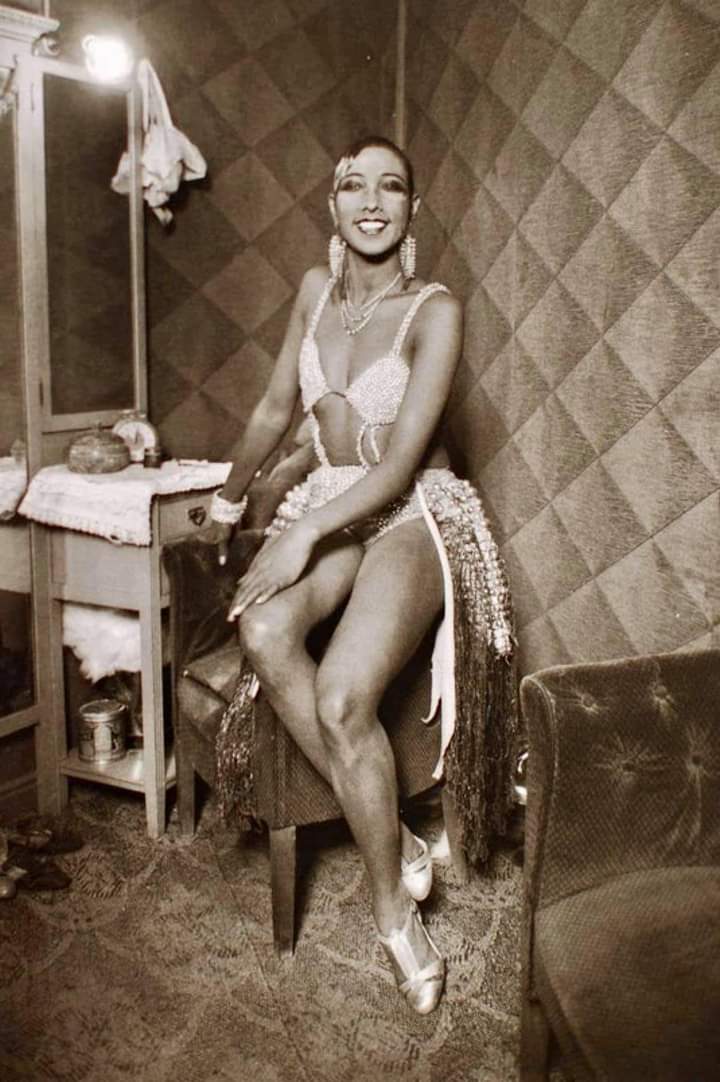Many establishments were also known for drug trafficking.
Parijs was halverwege de vorige eeuw voor nog veel transgenders een toevluchtsoord. De Zweedse fotograaf Christer Strömholm woonde begin jaren zestig in Parijs en begon portretten van ze te maken. Zijn boek Les Amies De Place Blanche, dat hij in 1983 uitbracht en enkele jaren geleden in een nieuwe uitgave verscheen, geldt inmiddels als een klassieker.
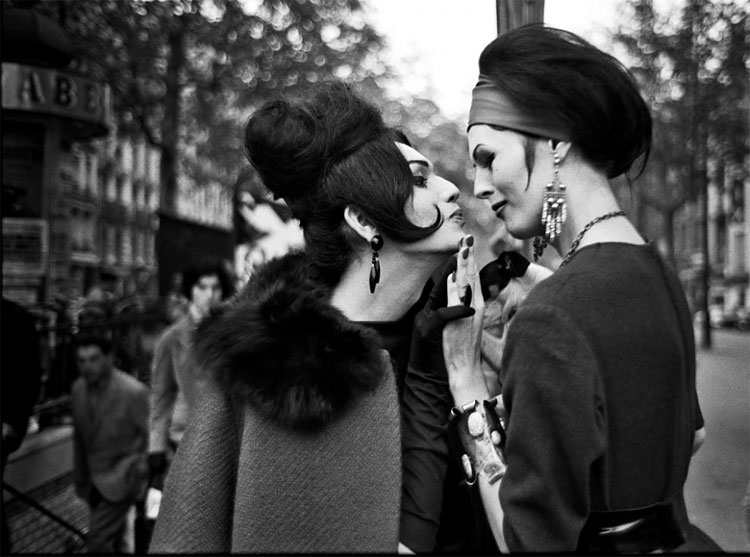
Transpionier Aaïcha Bergamin vluchtte op haar 19e naar Parijs, naar het nachtleven van de travestieten en transseksuelen. Hier kon ze zichzelf worden. 'Ik ben naar Parijs gelift, waar ik verzeild raakte in het nachtleven. Ik was zangeres en gaf een imitatie van Marlene Dietrich. Was ik helemaal. Zong ik Ich bin von Kopf bis Fuß auf Liebe eingestellt. Ik zong Into each life some rain must fall van Nat King Cole, La vie en rose van Edith Piaf. Allemaal live, niks playback. 'Ik was zo groen als gras toen ik in Parijs aankwam. Tussen andere transseksuelen die als vrouw leefden, zag ik wie ik was. Ik heb me ook opgemaakt, heb mijn haar opgestoken en mijn wenkbrauwen geëpileerd. Mijn ziel kwam naar buiten, ik heb me nooit meer afgeschminkt.
Het bekendste variététheater in Parijs was de Moulin Rouge aan de Boulevard de Clichy in de rosse buurt van het quartier Pigalle.
Henri Toulouse Lautrec (1864 - 1901) schilderde het Franse nachtleven van binnenuit. Het was een ode aan de onderste laag van de samenleving, de laag waar hij zelf ook deel van uitmaakte. Hij legde de sfeer vast van het amusement in de cafés en danszalen, zoals Le Chat Noir en Le Moulin Rouge, en vereeuwigde illustere artiesten als Yvette Guilbert en Jane Avril in een krachtige karikaturale stijl.
Toulouse-Lautrec voelde zich thuis in Parijse variététheaters. Hij leerde daar het lelijke maar fascinerende ex-verkoopstertje Yvette Guilbert kennen, de vrouwelijke clown 'Cha-U-Kao', de Spaanse danseres 'La Macarona', de danseres 'Môme Fromage', het blonde meisje van plezier 'La Goulue' en de slangenmens 'Valentin le Désossé' die er de dansen leidde.
